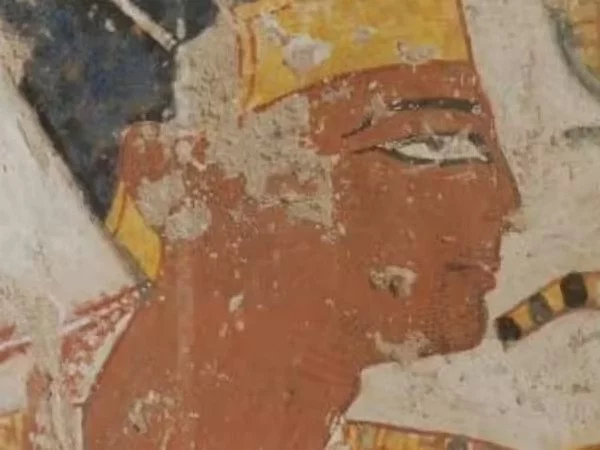Chemical imaging can reveal the pigments used by ancient artists. This allows researchers to better understand the color palette at their disposal and how these pigments may have faded or changed over time.
According to a study published in the open-access journal PLOS ONE by Philippe Martinez of Sorbonne University in France in collaboration with colleagues at the University of Liège in Belgium, portable chemical imaging technology can reveal hidden details in ancient Egyptian paintings.
The majority of people believe that ancient Egyptian paintings were the result of highly formalized workflows that produced skilled works of art. Most studies of these paintings and the processes that produced them, however, take place in museums or laboratories. Martinez and colleagues conduct chemical imaging on paintings in their original context using portable devices, allowing for analysis of paint composition and layering as well as identification of alterations made to ancient paintings.
These discoveries clearly call for a systematized and closer inspection of paintings in Egypt using physicochemical characterization.
Philippe Martinez
Two detailed paintings from the Ramesside Period were discovered in tomb chapels in the Theban Necropolis near the Nile. Researchers were able to identify changes made to the position of a figure’s arm in the first painting, though the reason for this relatively minor change is unknown. Analysis of the second painting revealed numerous changes to the crown and other royal items depicted on a portrait of Ramesses II, a series of changes that most likely correspond to a change in symbolic meaning over time.
Over the years, some paintings may have been painted over or altered. Chemical imaging can reveal the underlying sketches or preliminary drawings, shedding light on the artistic process and any changes made while the artwork was being created.
Organic materials used as binders in pigments can be identified using chemical imaging. Understanding the binders used in ancient paintings allows conservators and researchers to assess the condition and stability of the artwork.

Such alterations to paintings are thought to be uncommon in such art, but the researchers believe that these findings warrant further investigation. Many questions remain about the reasoning and timing of the observed changes, some of which may be answered by future research. This research also demonstrates the value of portable chemical imaging technology for studying ancient paintings in situ.
“These discoveries clearly call for a systematized and closer inspection of paintings in Egypt using physicochemical characterization,” the authors conclude.
Chemical imaging can detect contaminants and degradation products on paintings’ surfaces, assisting conservators in developing appropriate restoration and preservation strategies. Chemical imaging can reveal patterns of pigment fading and degradation, allowing experts to estimate the artwork’s original appearance and how it may have changed over time. Researchers can distinguish between paintings created in different periods or locations by analyzing the chemical composition of pigments and materials, contributing to art historical studies.
The materials used in Egyptian paintings can provide information about trade routes and exchanges between ancient civilizations.
















